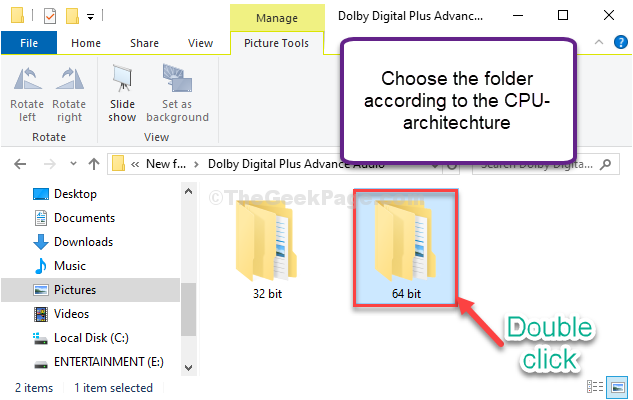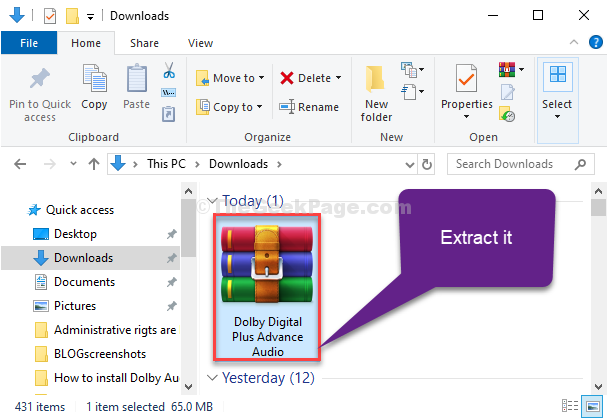
To avoid any changes introduced by sample rate conversion, set the sample rate of the output and input devices in Windows to be the same.

Import this irs file into the Convolver.Īudacity isn't required, presumably any software capable of recording from the output device will be fine.Export the selection as a WAV file and change the extension to irs.Zoom in and select the area around the recorded impulse (see screenshot below).Play an impulse audio file (you might need to do this twice, Audacity often doesn't pick up the first impulse.

#HOW TO INSTALL DOLBY ADVANCED AUDIO V2 HOW TO#
You may play with other presets as well.įor improving sound on a notebook or a tablet PulseEffects help pages come with a tuorial about how to achieve this.Īpp can be minimized to tray on GTK-enabled desktops with an additional application: You can toggle Convolver in PulseEffects on and off while playng music to compare results. (I've used the suggested script that automatically downloads them to PulseEffects import dirs, it will require flatpak that could be got from repos with sudo apt install flatpak) Install PulseEffects-Presets from here:.It'll create all settings dirs on first launch. Restart the user session or reboot after this, because PulseAudio will be upgraded, and it may cause problems if you don't restart.

I've googled out a very good advise on forums that helps me to achieve a Dolby like sound on my Kubuntu 19.04 with Lenovo g780.


 0 kommentar(er)
0 kommentar(er)
